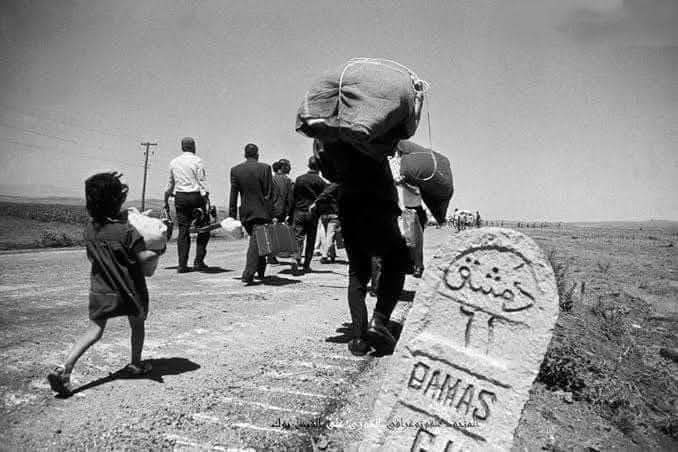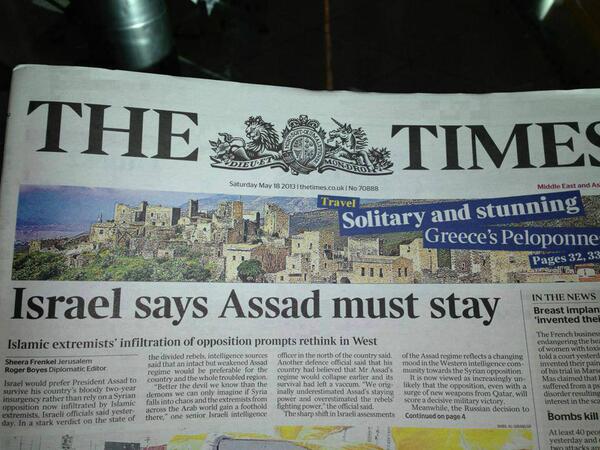By Dr. Ahmad al-Hawas, Syrian Writer and Media Professional

Levant 24 is pleased to feature a contribution from Dr. Ahmad al-Hawas, a prominent Syrian writer and media professional known for his incisive commentary on regional affairs. In this piece, Hawas examines the geopolitical stakes surrounding Israel’s role in Syria—both past and present—against the backdrop of the Syrian revolution and its aftermath. A longtime advocate of nonviolence and democratic transformation, Hawwas brings decades of intellectual and political acumen to his analysis of how foreign powers, particularly Israel, impact Syria.
______________________________
Syria’s location long shaped the regions conflicts, both historically and in modern times. In addition to the cultural and civilizational role of the Levant—especially in the Umayyad era, when Damascus held military and economic authority over former empires—geography remains central.
When we speak of the Levant, we mean the original meaning—Lebanon, Palestine, Jordan, parts of Iraq, Turkey, and Saudi Arabia—not today’s geopolitical borders. That fragmentation reshaped the region, leading not only to modern nation-states but also to the implantation of a foreign entity the West pledged to protect and empower—not just over its neighbors but over all Arabs. Around it, satellite regimes emerged, some pretending to oppose it.
From Turmoil to Stagnation
Syria was established as the Arab Kingdom of Syria, March 8, 1920, as declared by King Faisal. However, it was occupied and the monarchy abolished by France, July 28, 1920. After being divided and reassembled via shifting borders until its independence on April 17, 1946. Syria entered a dark tunnel with the region’s first military coup, led by Husni al-Zaim on March 30, 1949.
Subsequent coups destabilized political life and damaged society and the economy. A failed union with Egypt in February 1958 ended with separation in September 1961. The Baathist coup followed on March 8, 1963, then an internal Baathist purge in February 1966, culminating in Defense Minister Hafez al-Assad seizing power on November 16, 1970. This marked the start of sectarian rule under a president accused of surrendering the Golan Heights to Israel and displacing its inhabitants.

The Syrian Revolution Through Israeli Lens
The Syrian Revolution began March of 2011—alongside the broader Arab Spring. Unlike with other uprisings, Israel’s stance was different. While Egypt’s “deep state” could orchestrate a counterrevolution, Syria’s reality was one of sectarian rule backed by a military-security complex led by Alawite officers. Internally, the regime was supported through networks of mutual interests; externally, it was allied with Iran along sectarian lines.
An alliance with Iran inherently meant an alliance with its proxies in Lebanon, Iraq, and Yemen. This situation necessitated either crushing the revolution and maintaining the regime or—if that failed—destroying the state itself and turning it into a weak entity dominated by minorities. Instead of a state ruled by a minority, it would become a fractured entity where minorities dominate semi-autonomous regions that are stronger than the center, unable to control its borders or its wealth.
To achieve this, the regime engineered forced displacement and demographic change of the Sunni majority, backed by sectarian and ideological projects of Iran. From the outset, Israel backed the the regime’s survival, providing cover for its crimes.
Aluf Benn warned early on against any changes that could occur in Syria. Rami Makhlouf succinctly summed up the situation in a message to Israel: “your security is tied to ours.” Banners in Israel even described Bashar al-Assad as the “King of Kings of Israel.” In May 2013, The Times reported that Israel declared “Assad must stay.”

Israel approved or enabled anti-revolutionary interventions–through silence or direct US consent. Ben Rhodes, former Deputy National Security Advisor under Obama, wrote in The World As It Is, that Obama admired Iran, held contempt for the Arabs, and prioritized the Iranian nuclear deal. The Syrian revolution was of no concern to him.
The Russian intervention also began at Netanyahu’s request after regime forces and their allies were retreating in the face of the revolution. Two weeks prior, journalist Alon Ben David noted, “Netanyahu is not traveling to Moscow to stop the deployment of Russian troops in Syria but merely to coordinate with them.”
The US position was no different. Andrew Exum testified in congress the US permitted Russia to enter Syria and support Assad’s regime after rebels—described as an “insurgency”—approached the Presidential Palace. He added Assad had fought hard to preserve the secular national state that “we built in the region.”
Toppling the Tyrant
Signs pointed to the regime’s survival. With its allies, it recaptured almost all territory held by revolutionaries. Only Idlib and parts of the far northeast remained outside its control. The US-backed Syrian Democratic Forces (SDF), tied to the PKK, held much of Syria’s wealth. But the SDF posed no threat to the regime, as it had been cooperating with it since the beginning.
Syrians feared for the liberated areas. Assad had already been rehabilitated in the Arab world, and regional states worked toward his global reintegration. He appeared victorious over what he called a “global conspiracy” and aimed to retake opposition zones. He ignored Turkish efforts to arrange a meeting.
But regional and global shifts began undermining the regime and its allies. Russia was bogged down in Ukraine, facing repeated defeats and withdrawing aircraft from Hmeimim Airbase. It no longer posed a serious threat to Syria’s opposition.
Hezbollah lost elite fighters in the Battle of Al-Bajur and endured devastating Israeli strikes. Meanwhile, Israel itself became entangled in the Gaza war, desperate for symbolic victories. These shifts opened a window for Syria’s revolutionaries, bolstered by Turkish frustration at Assad’s resistance to engagement.

Israel didn’t stop there. It launched near-daily airstrikes on military installations, civilian infrastructure, and advanced into southern Syria. Withdrawing from the 1974 disengagement agreement, it tried to impose a new reality on the ground.
Israel now confronted a state ruled by the majority—a government born of a popular revolution that had lost over a million martyrs and produced millions of refugees, all determined to rebuild a stable, prosperous Syria. This defied Israel’s strategy of surrounding itself with weak buffer zones run by loyal agents.
Cultivating Clients
Israel encouraged separatist movements among minorities, presenting itself as a protector of the Druze and Kurds. It pushed for Alawite-Druze-Kurdish cooperation and threatened intervention if the new Syrian state moved to control Suwayda.
Sheikh Hikmat al-Hijri and his military council incited against the Syrian state and refused cooperation—openly backed by Israel. With the collapse of the deep state, Israel turned to coordinating with minorities—especially Kurdish and Druze enclaves. Current events clearly indicate Israel’s intent towards creating a Druze client statelet as a buffer zone against Damascus.








